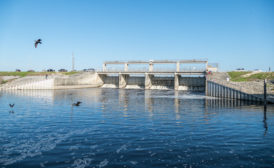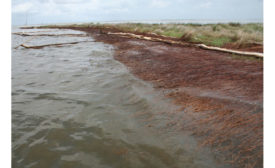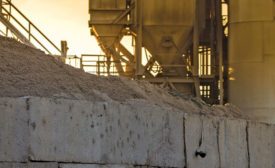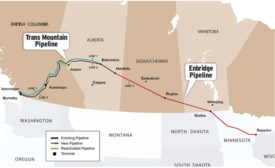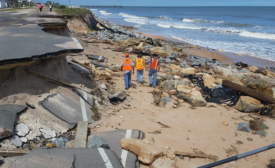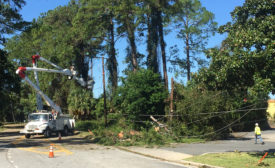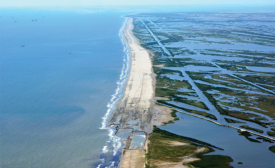ARTICLES
Structure's reservoir is a popular attraction, but opponents say it impedes river flow
Read More
Sustainable Design
We Knew Concrete Was a Carbon Sink—New Study Tells How Much
Factors in the material's favor when it comes to battling climate change and limiting greenhouse gasses
Read More
Disasters
Southeastern Electric Utilities Swing Into Hurricane Recovery Mode
Companies Report Damage in Georgia and the Carolinas is Worse than Expected
Read More
The latest news and information
#1 Source for Construction News, Data, Rankings, Analysis, and Commentary
JOIN ENR UNLIMITEDCopyright ©2024. All Rights Reserved BNP Media.
Design, CMS, Hosting & Web Development :: ePublishing
